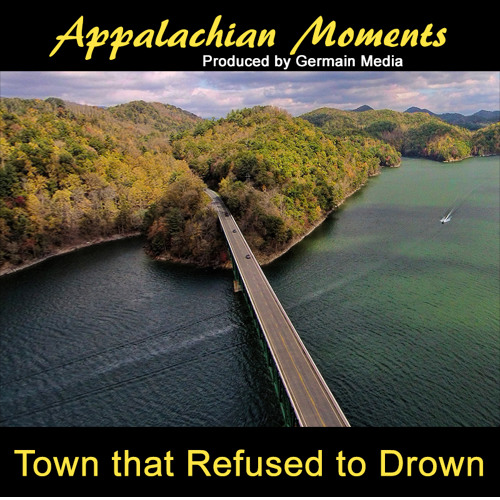New Appalachian Moments Blog Post by Scott Ballard
Early on, and ironically enough, an abundance of water made Butler, Tennessee a good location to build town. But a series of floods, culminating with the violent killer flood of 1940 that left six dead and many missing led the powerful Tennessee Valley Authority to make an unprecedented decision.
In order to further save lives and protect property the TVA decided to build a dam flooding the town of Butler and all the valleys surrounding it in order to better control Mother Nature.
In spite of the fact that controlling the river made logical sense, there was a general reluctance to believe that the TVA would flood an entire town and cover all the fertile black soil. But when the graders, bulldozers, jack hammers and a steam shovel came the final reality began to set in.
The relocation project required the construction of 55 miles of roads and highways, three bridges, and the moving of nearly 1,300 graves
A World War intervened to delay the project, but without ceremony on December 1st 1948 the gates on the Watauga Dam were closed. Nine families remained in the reservoir area and all of these except two moved within a week.
Coming from near and far everyone gathered to watch the one final flood. Gradually, one by one the foundations of the houses and buildings gradually disappeared. Some residents couldn’t bear to watch. Others kept a vigil until the waters filled the lake. Can you imagine it?
Nearly 12,000 acres of land had been acquired and over 750 families had been relocated. Watauga lakes is 16 miles long and has a shoreline of 109 miles.
Old Butler, the original town, is remembered and commemorated during the Old Butler Days festival every year.
And now boats traverse the waters directly above where Daniel Boone and other explorers once trod…and…where the town of Butler refused to drown.

